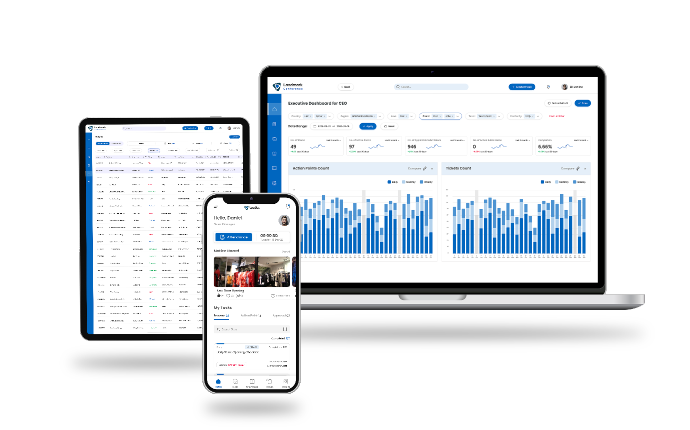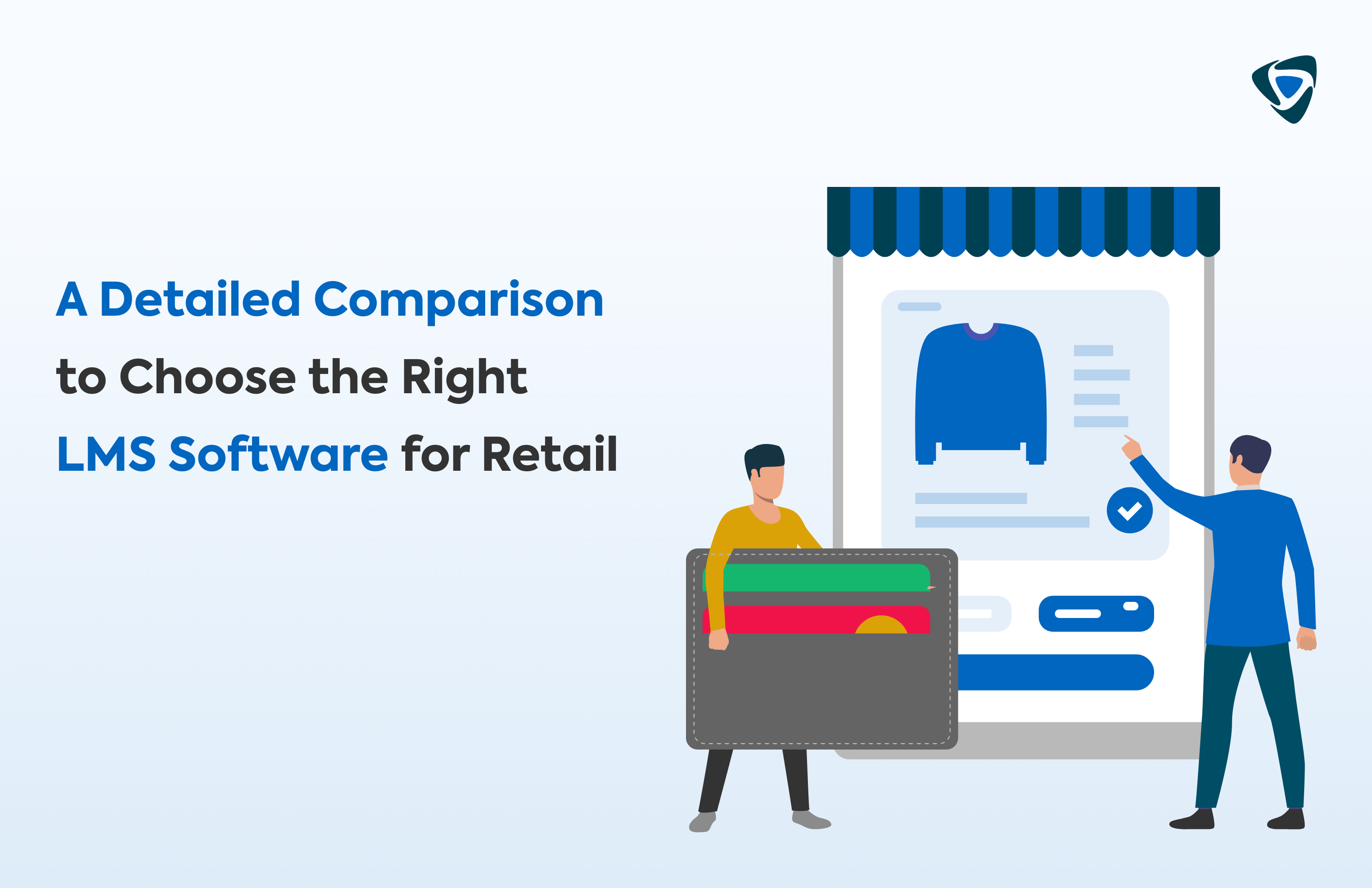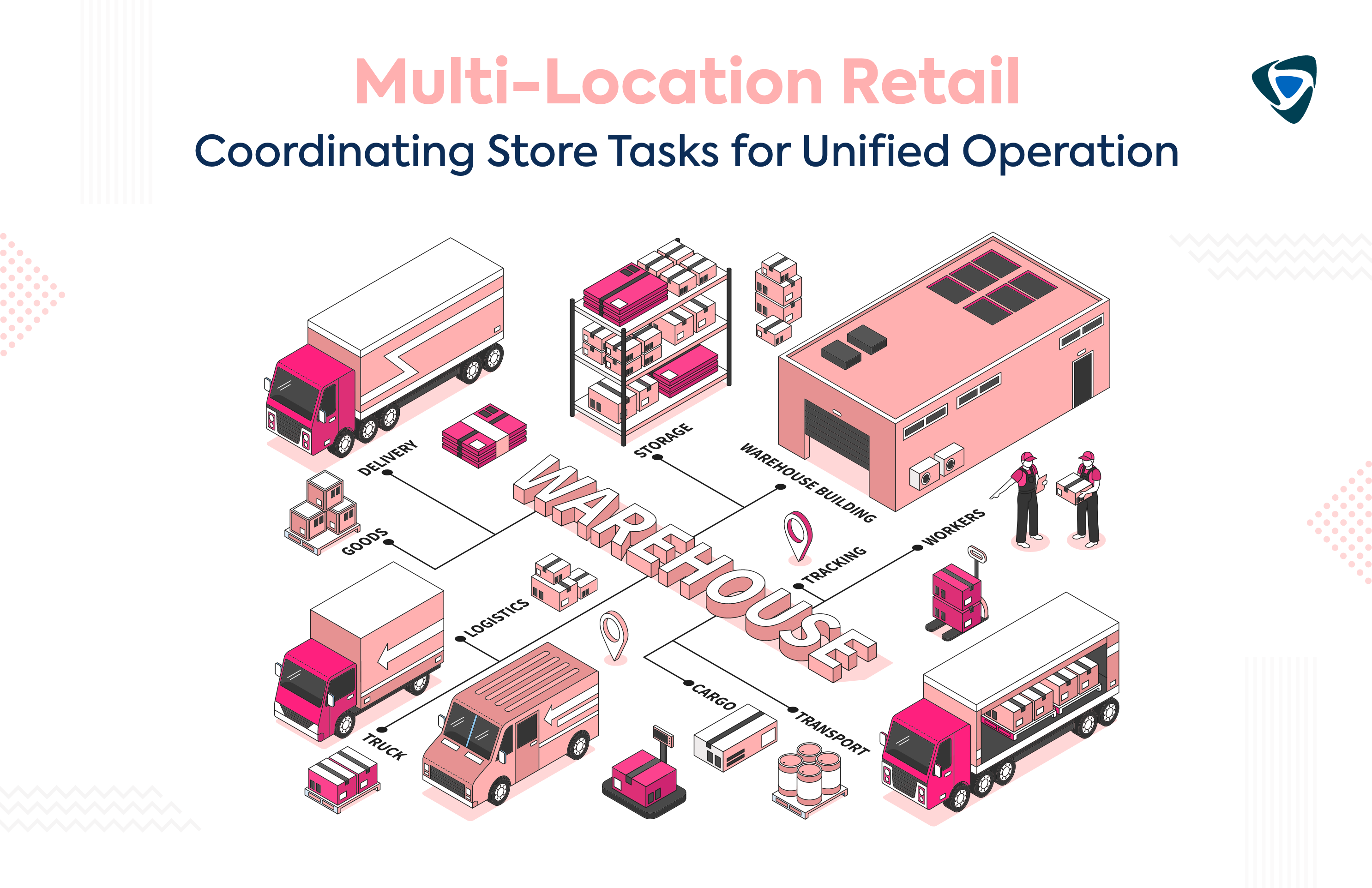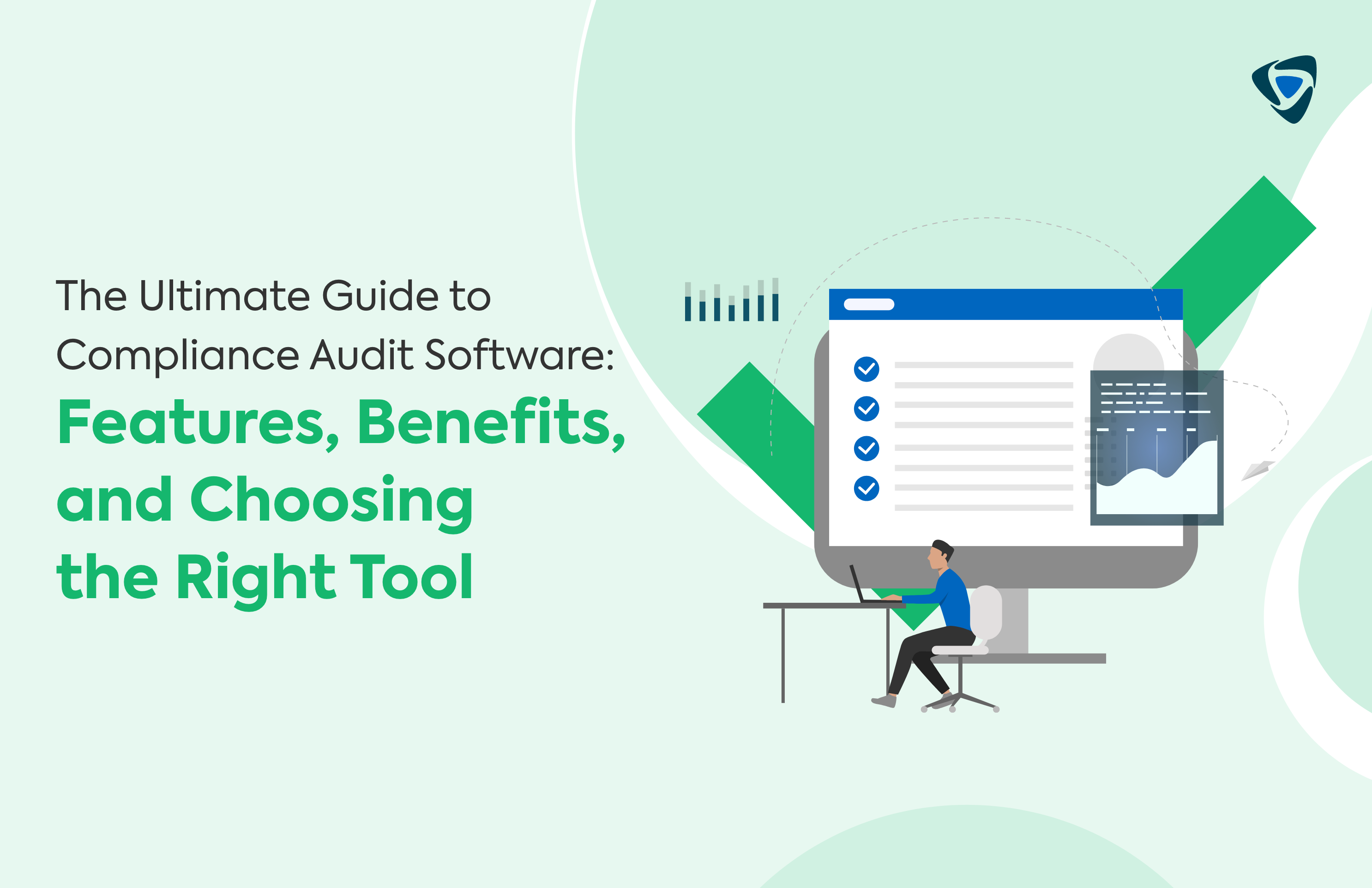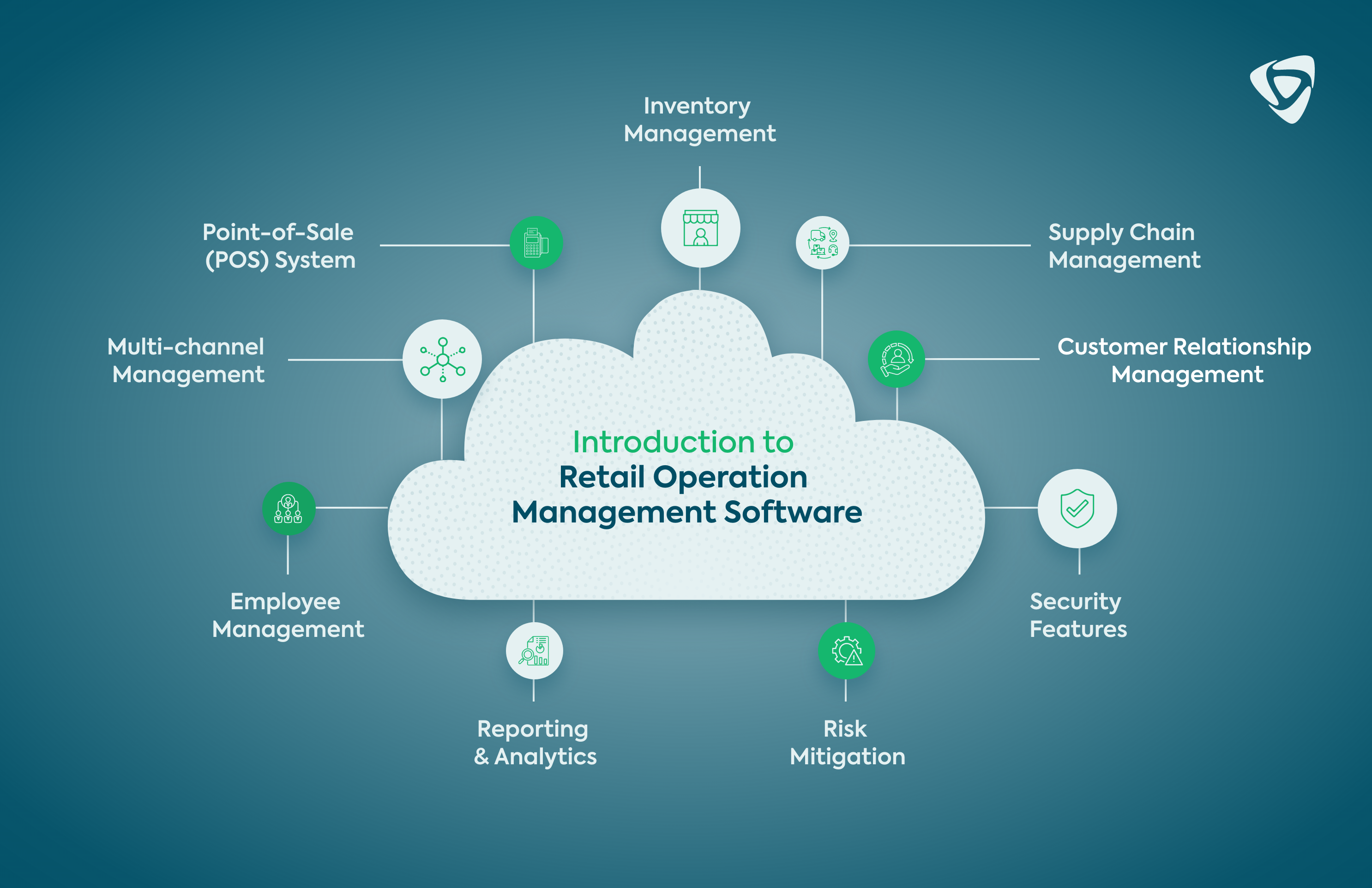Guide
Unveiling Effective Principles and Practices of Managing Restaurant Operations
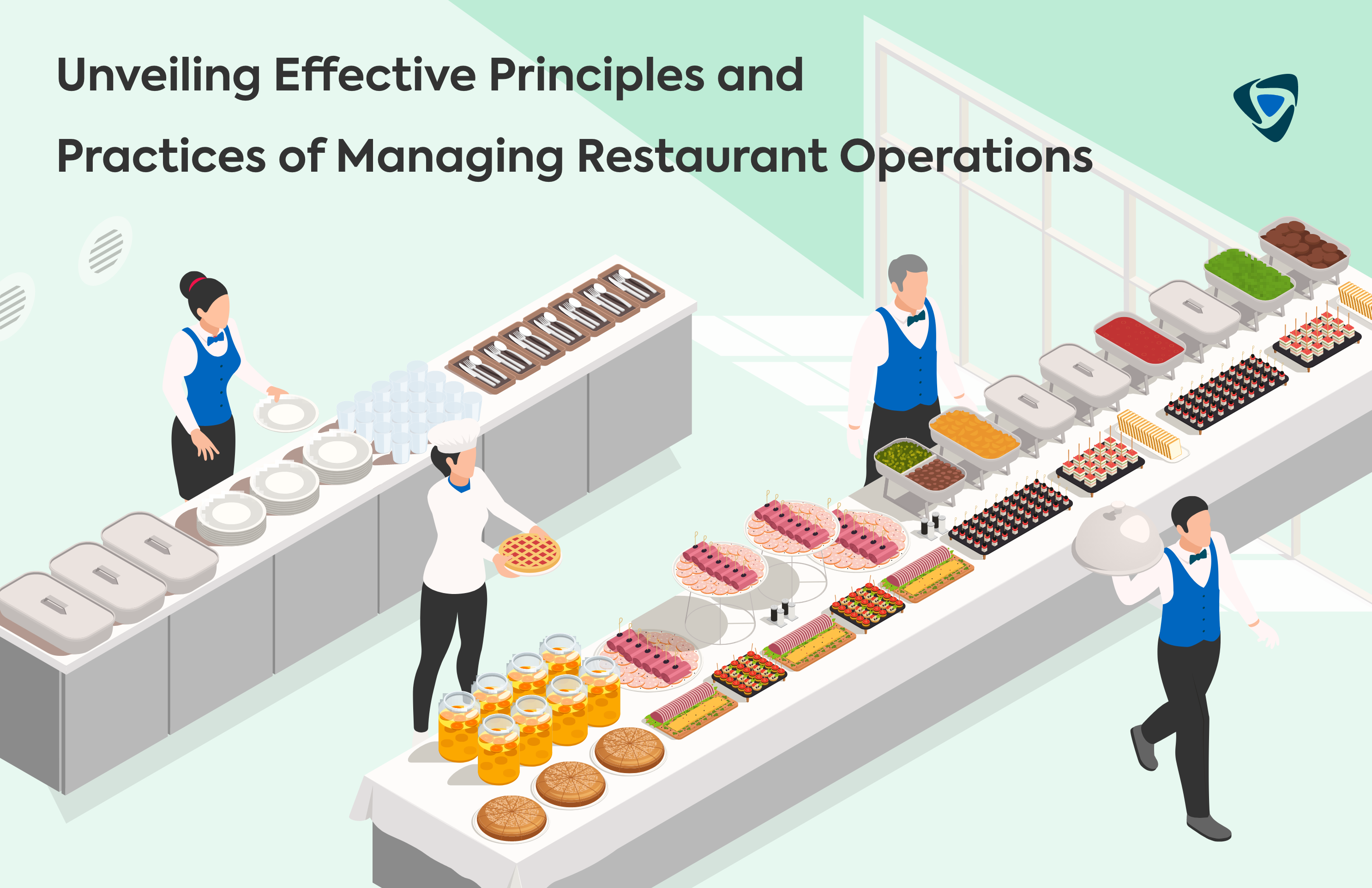
Restaurant operations management principles and practices
Restaurant operations management principles and practices refer to a well-orchestrated symphony of activities that ensures the success of your restaurant and its various outlets. Restaurant operations management principles and practices of the modern food and beverage industry ever evolving throughout the changing consumer needs, trends, and food policies. In this detailed blog, we will explore and learn the best practices that will help you achieve operational excellence across your restaurant chain. We will look deeply into the 11 individual factors that constitute directly into restaurant operations management. Continue reading this blog to get a complete idea of how to create and consistently maintain a thriving restaurant business chain.
What are the principles and practices in Restaurant Operations Management?
Before we go deeper into the 11 individual core principles of restaurant operations management, let us understand what these principles and practices encompass. The principles and practices in restaurant operations management consist of coordinating all the small to big elements that constitute offering the best dining experience for your customers. It includes menu planning, engaging restaurant staff, customer services, financial matters, employee management, marketing, SOP adherence, and so on. Now, let us have a look at some of the major components that will assist you in driving a successful future for your business.
11 Core Principles Guiding Restaurant Operations Management
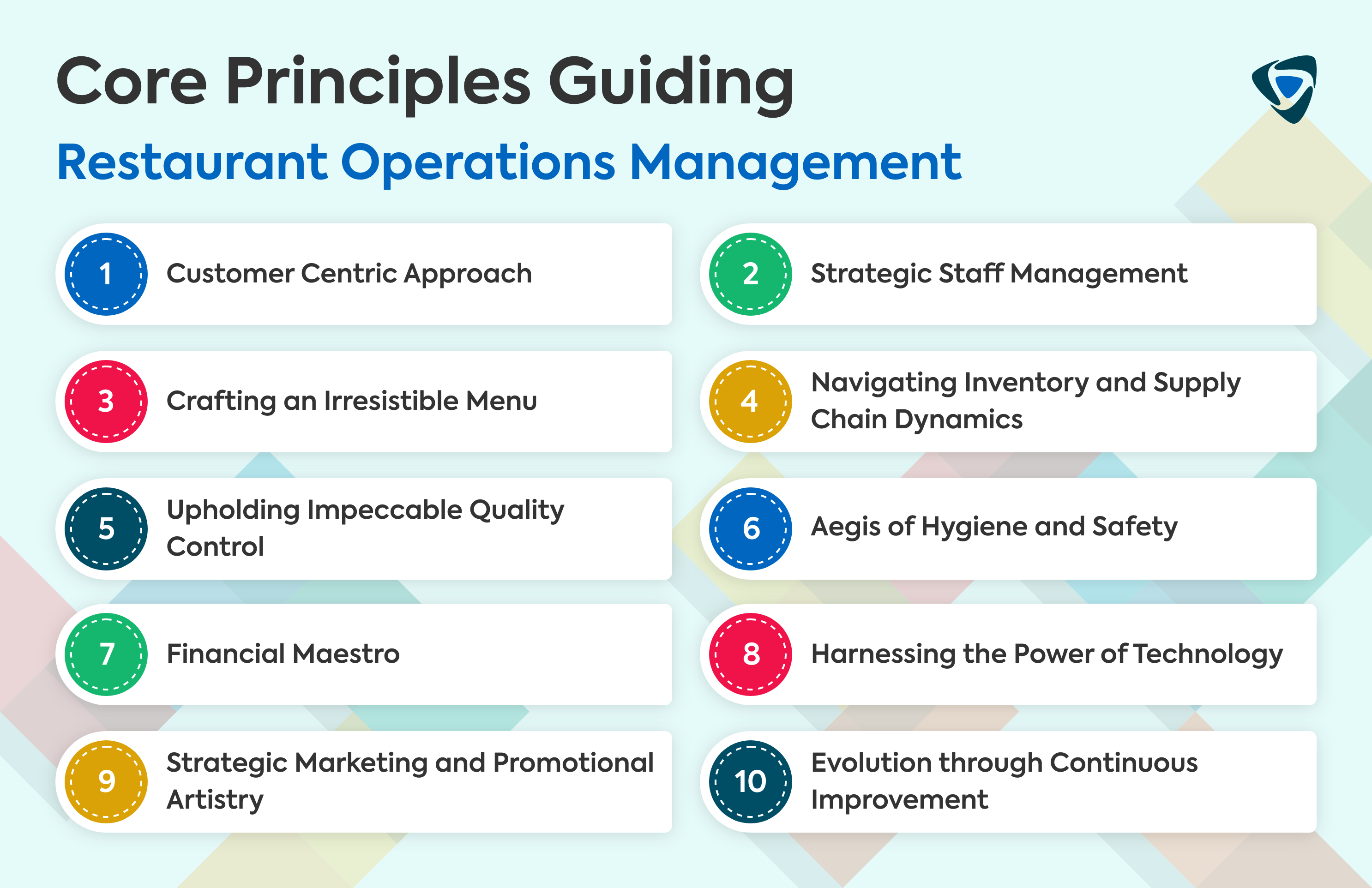
1. Customer-Centric Approach
Customer-centered trategy implies directing a business towards meeting and satisfying consumer requirements in a proper way. Notably, this customer-centric approach considers everything about the company including the marketing aspects, sales funnel, after-sales department and product lineup based on the customer’s viewpoint. Customer-oriented businesses help in establishing lasting bonds with consumers which leads to increased loyalty among customers as well as extended involvement with a company on part of a consumer.
Through making your customers feel appreciated and understood, they tend to remain loyal towards your products or services and not other sellers’. It increases customer retention and lowers acquisition costs. The most powerful brand advocates are created by customer centric and highly satisfied customers talking proudly about their experience with a particular brand. They are willing to share their experience with friends, relatives, and online forums hence providing potential referrals. This is free advertising that improves your market image, draws in more clients, and widens your market space based on credibility.
2. Strategic Staff Management
Your staff is the face of your brand, the people who interact with your customer base in real-time. Staff management includes hiring, training, employee loyalty programs, scheduling of tasks, assigning duties, and so on. When you recruit employees, focus on finding candidates who have the necessary skills and align with your restaurant culture and values. Most restaurants give training during onboarding and never look back. Avoid this common rookie mistake and train your staff regularly to upskill them and keep them updated. Strategic staff management also includes smart scheduling of staff by understanding peak hours and slower times.
Training of the restaurant employees focus on improving time management. Time is critical in a restaurant setting, and therefore employees have to ensure that they operate productively in stressful circumstances. They should know how to prioritize tasks, observe time use efficiently, and function as a group. Employee scheduling and communication systems are workforce management tools that automate scheduling to ensure restaurant shifts are staffed optimally.
3. Crafting an Irresistible Menu
The second aspect contributing to creating the identity of your restaurant includes your restaurant’s menu. Furthermore, it plays a huge role in making sure existing customers are retained, as well as ensuring that new items keep attracting more customers. Make sure that the design layout and theme of the restaurant corresponds to the image of your restaurant as a brand. The menu in most cases should be telling the clients why they would go the extra mile to come to your restaurant and eat there. Highlighted dishes for the signature items or most popular items. Your menu pricing needs to be balanced such that it allows fairness to both the customer and the profitability of your business.
4. Navigating Inventory and Supply Chain Dynamics
Keeping excess inventory on hand could result in higher carrying costs, while not enough inventory could mean lost sales chances. Putting customization and personalization into practice may require working with a variety of partners and suppliers, each of whom will provide special goods or services. It becomes essential to guarantee a smooth exchange of information and cooperation between various institutions. Allocating resources becomes more difficult when production lines must be flexible enough to accommodate various product variants.
Production scheduling needs to be done effectively to reduce turnaround times and maximize resource use. Another issue is, that reducing waste is one of the fundamental issues with sustainability in today’s world, especially with regard to food waste. Food wastage negatively affects the social (hunger), economic (costs of resources), and environmental (use of resources and waste production) facets of sustainability. Food waste is effectively reduced by utilizing cutting-edge technology to enhance the food distribution chain’s inventory management system.
5. Upholding Impeccable Quality Control
Quality control guarantees consistency as your restaurant chain grows. In a time when food experiences have become an essential part of the contemporary lifestyle, consistency, and memorable dining experiences across multiple locations are critical. As these chains expand, it will be challenging to maintain consistency in terms of quality, taste, and overall guest experience. A strategic plan will be needed in order to maintain restaurant quality ought to be a daily task. Although your company can simply conduct quarterly compliance inspections, giving your staff the freedom to dedicate themselves to regular maintenance and development could revolutionize your business. It guarantees that items and services live up to expectations so that customers are satisfied every time they dine at your restaurant. This enhances credibility, and the reputation of your business is potentially growing your intangible asset.
6. Aegis of Hygiene and Safety
Safeguarding our customers’ health from the moment they enter our doors is just as important as delivering them with a great gastronomic experience. Your customers place their trust in the restaurant when they eat at your restaurant. They put their faith in your restaurant the food they are going to order and eat was prepared in a hygienic and secure setting, free of any contaminants that might be harmful to us. The entire restaurant industry relies on this foundation of trust. It’s well-known among restaurant managers and their staff that cleanliness is a basic necessity a devotion to the well-being of guests is evident in the spotless kitchen and dining area.
Food safety is more than just hygiene and it includes all phases of the process from farm to table. Food safety is largely dependent on the procurement of ingredients, which is important when it comes to quality. Every meal that is served is the result of a group of restaurant teams that go through extensive training. They should be knowledgeable in everything from spotting possible risks to handling food safely. Putting money into staff training is an investment in the welfare of your guests. To sum up, food safety is a promise as much as a responsibility. This is a pledge to prioritize staff training, temperature control, ingredient quality, cleanliness, and open communication.
7. Financial Maestro
Every restaurant business chain wants to ensure long and continued success, this requires keeping a close tab on the finances. This means regularly checking up on your restaurant expenses and profitability. It is a tedious task which is why today we have financial management tools to track daily finances with ease and efficiency. Another tip is to negotiate prices with your supplier to your favour which can save you money while being able to provide quality food and dining experience to your customers.
8. Harnessing the Power of Technology
Imagine having a meal in an environment in which custom-made menus are presented based on personal desires, waiters ensure reduced waiting time, and the kitchen is perfectly efficient. This is what Vision does with AI and machine learning on its side. Artificial intelligence and machine learning are increasingly being used by the restaurant industry to improve many aspects of its operations such as customer service. The application of AI and ML also provides restaurant owners with great chances to improve their profit margin while they continue satisfying their consumers.
The use of data mining, natural language processing, chatbots, and predictive analytics gives restaurants a chance to understand their customers thus coming up with relevant marketing and improving operations to increase their sales. The use of AI and ML can help in managing restaurants efficiently through simplification processes like controlling stocks, order placement, workforce planning et cetera. This minimizes human error, reduces costs, and boosts efficiency making other restaurant matters central. Chatbots and virtual assistants powered by Artificial Intelligence are capable of addressing customer queries, and reservations and giving feedback. The virtual assistants will offer immediate answers, round-the-clock availability, and ongoing satisfactory solutions reducing the response time for the customers.
9. Strategic Marketing and Promotional Artistry
A marketing plan determines whether a restaurant will be successful or not. Nevertheless, selling in restaurants is one of the trickiest businesses to undertake. It is not enough just to create a good first impression. Additionally, you should enable people to return more than once again to your place. Additionally, as customers keep changing their needs and wants, the restaurant industry cannot market its products well in its games. Invest in promoting your brand. Therefore, you have to provide yourself with appropriate marketing approaches for your restaurant.
Using innovative digital marketing ideas like social media and online platforms as well as viral marketing would enable you to connect with more people. Also, when done the right way, they can earn you the best business in a few days. One needs to understand their target market before marketing their brand. Make sure that your target group is very clear in order to plan and choose the appropriate restaurant marketing strategies easily.
10. Evolution through Continuous Improvement
Continuous improvement is now a key foundation upon which most businesses in modern times run – including how businesses refresh, revamp, and revitalize their processes, management techniques, and approaches towards customers. Organizations that commit to continuous improvement are better positioned to outpace any change, to ensure that their operations are optimized, and geared towards high efficiency and profits. Businesses now possess a more sophisticated set of continuum improvement tools and techniques than they have ever had before with the help of modern technology.
11. Champions of Sustainability
Sustainability is growing in importance, and by implementing greener restaurant practices, any restaurant has the opportunity to contribute to environmental preservation. Customers who care about the environment and prefer dining in restaurants that use sustainable business methods. Here is a quick tip, purchasing seasonal and local ingredients is one of the finest ways eateries can support environmental awareness. By purchasing food that is grown nearby, you can support the local farmers in your community and lessen the greenhouse gas emissions that result from shipping these goods over large distances. Furthermore, it guarantees that fresh, high-quality seasonal components are the only ones used, minimizing the need for energy-intensive storage systems.
How a Restaurant management software can help maintain the above principles?
While there are many restaurant management software in the market, platforms like Taqtics helps you check every single factor that adds value into the success of your restaurant. Taqtics helps you to schedule tasks across your restaurant teams while also sending them automated notification reminders to ensure that every task on the task list is completed correctly on time. These tasks include food and safety related duties, inventory management tasks, financial management and many other everyday tasks and processes.
Technology removes the chaotic paper based or spreadsheet based that is tedious and inefficient. With technology, everything is right on track with a complete real time visibility into various functions of your restaurant. Taqtics also offers a learning management system in its restaurant management software so that you can use the platform to conduct comprehensive training for your restaurant teams across multiple outlets.
What exactly is Restaurant Operations Management?
The day-to-day management of everything that keeps your restaurant functioning is known as restaurant operations management. This covers everything, including staff scheduling, financial reporting, and supply store monitoring. Furthermore, than keeping the space in good working order, the restaurant owner has a lot of additional responsibilities. A well-crafted restaurant operations management policy facilitates seamless business operations by bringing everything together. In other words, fostering cooperation between the kitchen and the restaurant floor to enhance the dining experience for customers.
Finally, It could prove beneficial to gather feedback after implementing strategic decisions regarding a restaurant as a means to measure how effective they were. Ask members in each operational unit to talk about their specific tasks, in order to find out whether these are supported by effective standards and procedural processes. You could also request recommendations on how best your processes can be automated through the installation of certain software or by changing some of the schedules like Taqtics.
 Schedule A Demo
Schedule A Demo 


